Efficient and rapid communication lies at the core of successful military operations. Let’s Explore NATO Brevity Codes, which are a standardized set of brief, concise, and easily understood words or phrases utilized by military and aviation personnel to streamline communication during critical tactical operations.
This strategic employment of brevity codes not only accelerates communication but also enhances operational security by circumventing the use of explicit or sensitive terminology.

An intriguing example of this system’s potency can be found in the ability to drastically alter the entire war scenario through the use of the single “1” code word. These codes are commonly used in military aviation operations to communicate between pilots, air traffic control, and other military personnel involved in the mission.
They are used to convey essential information such as aircraft position, altitude, speed, and weapon systems status in a concise and easily understood manner.

There are various types of brevity codes used in military aviation nowadays, including phonetic alphabets, number and colour codes, and tactical brevity codes. Tactical brevity codes are specialized codes used to describe specific tactical situations or actions, such as air-to-air or air-to-ground attacks, navigation, and threat avoidance.
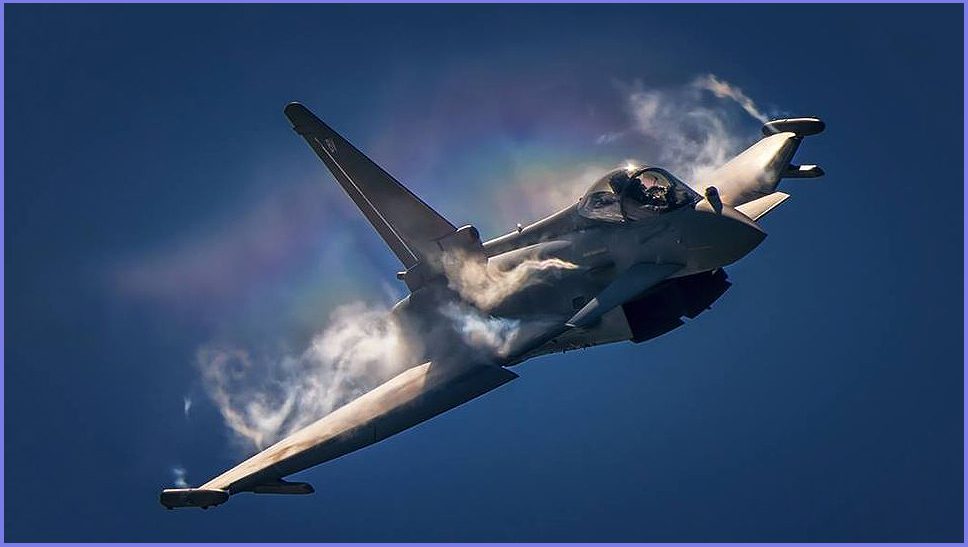
Standardization of brevity codes is crucial to ensure effective communication and coordination between military units from different countries and services.
Therefore, NATO and other military organizations have developed standardized brevity codes that are used across different countries and services to improve interoperability and operational effectiveness, to avoid any mistakes.
“FOX” is a brevity code employed by NATO pilots to indicate the simulated or genuine release of air-to-air missiles or other combat functions. “Fox” serves as a condensed version of the term “foxtrot,” which corresponds to the NATO phonetic representation for the letter “F” and is utilized as an abbreviation for “fire.”

The FOX brevity code is a NATO-standard brevity code used by pilots to indicate the launch of an air-to-air missile. The term “FOX” is used to describe the act of firing a radar-guided missile. Here are some examples of how the FOX brevity codes might be used in radio communication between pilots _
“FOX ONE” designates the initiation of a semi-active radar-guided missile launch.
“FOX TWO” designates the launch of an infrared-guided missile.
“FOX THREE” designates the launch of an active radar-guided missile.
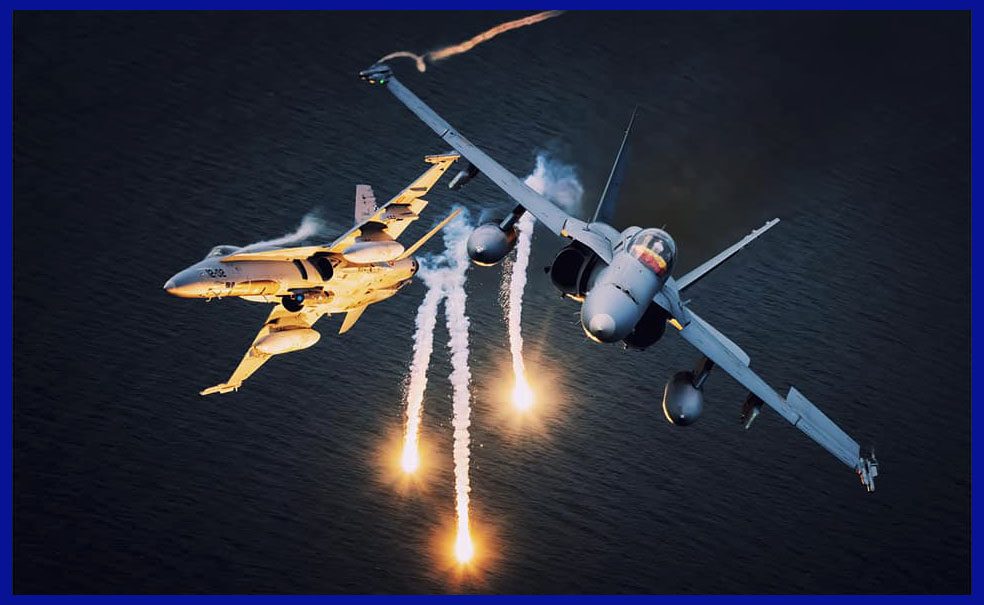
It’s important to note that each type of missile launch has a different meaning and implication for the receiving pilot. Therefore, using the appropriate FOX code helps to convey information quickly and effectively during combat situations.
“Well, although Fox 1, 2, and 3 refer to the three different types of air-to-air missiles, they do not tally how many missiles you have launched. It is not considered “Fox 1” for missile No. 1 and “Fox 2” for missile No. 2. In modern warfare, your first fire may be a Fox 3-type missile.“
There are four variations of the Fox brevity word in use, with a number added to the end of Fox to describe the primary type of sensors the launched munition possesses. As Fox means different types of air-to-air missiles using different guidance systems.

FOX 1: It refers to a semi-active radar homing missile ( SARH ) ( for example AIM-7 Sparrow, R-27 Alamo, Skyflash etc. ) a SARH uses the radar of the launch aircraft or mothership to point it towards its target. It is not a fire-and-forget missile, and it relies on the mothership keeping the lock for the whole flight duration of the missile.
The advantage of these SARH missiles is, that they can engage targets regardless of angle and are used in Beyond Visual Range ( BVR ) engagements and can be controlled by the pilot even after launch.
By intentionally losing the radar lock, the missile will stop tracking and eventually blow itself up as self-destruction.
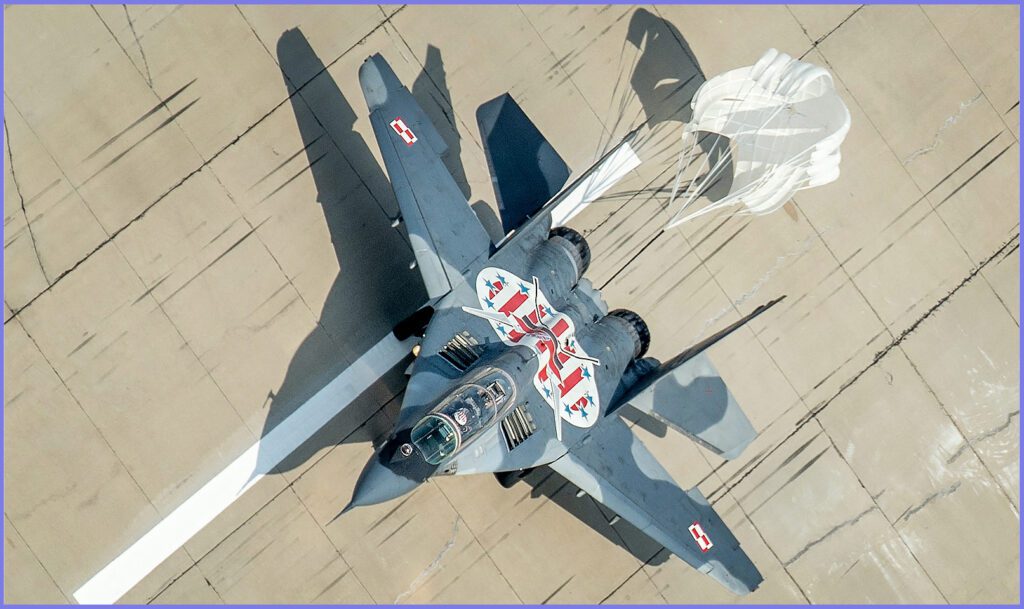
Here’s an example of how the FOX 1 call might be used in radio communication between pilots:
- “FOX 1, FOX 1, I’ve got an SU-17 at my 3 o’clock, range 10 miles. In this example, the pilot is indicating that they have launched a semi-active radar-guided missile towards an SU-17 aircraft located at their 3 o’clock position, 10 miles away. By using the FOX 1 call, the pilot is informing other aircraft and ground stations that a missile has been launched and they should take appropriate action with respect to that.

FOX 2: It refers to an Infrared Guided or Heat Seeking Missile. ( For example AIM-9 Side Winder, R-60 Vympel, R.550 Magic, IRIS-T etc. ) Heat-seeking missiles are generally close-range dogfight missiles and have problems tracking targets at long ranges.
They see targets by their ” heat signature ” ergo their jet engines. During the Cold War, the USSR employed the use of medium to long-range IR-guided versions of their basic Semi-active radar-homing missiles.
Such missiles had the suffix ” T ” e.g., R-27ET or R-40T ( IR version of R-27 & R-40 ) IR missiles are mostly smaller & lighter as compared to Fox1 and Fox3 missiles. They are designed for short-range engagements.

Early heat seekers like the AIM 9D or RedTop could only track targets from the rear aspect, where they had a direct line of sight to the engine exhaust. More modern types like the AIM-9M, ASRAAM or R-73 can track targets from any angle ( though the locking range is reduced for frontal aspect shots ).
Fox 2-type missiles are ” Fire n Forget “. Once launched, there is no stopping it. Flares are burning magnesium strips that act as decoys for heat-seeking missiles, obscuring the heat signature of the target. Flares will not detonate the missile, however, so the target must use flares as a sort of cover, allowing them to move out of the way.

Here’s an example of how the FOX 2 call might be used in radio communication between pilots:
- “FOX 2, FOX 2, I’ve got an F-16 at my 6 o’clock, range 5 miles.
In this example, the pilot is indicating that they have launched an infrared-guided missile towards an F-16 aircraft located at their 6 o’clock position, 5 miles away. By using the FOX 2 call, the pilot is informing other aircraft pilots and ground stations that a missile has been launched and that they should take appropriate action. So that friendlies should not come in the direction of this heat-seeking missile.
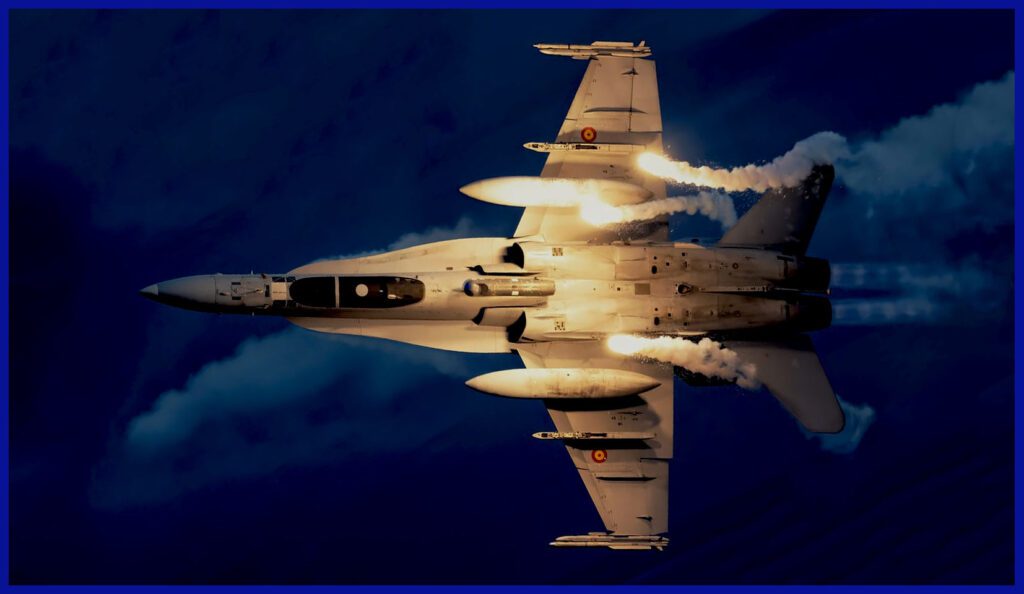
FOX 3: It refers to an Active radar-homing missile ( For example ASTRA, AIM 120 AMRAAM, R-77 Vympel, AIM-54 Phoenix etc. ) Active radar homing refers to the missile having its own radar, allowing it to track its own targets independently of the launch aircraft.
From a certain range to the target ( which is called ” Pitbull ” ), Fox 3-type missiles will be completely self-guided allowing the launch aircraft to lock other targets or lose lock entirely by turning away, while the missile continues to track.
The pitbull for the AIM-54 Phoenix missile used by the F-14 was 10 miles, so a longer shot required guidance for the initial phase (similar to a Fox1-type missile ). Hence the AIM-7 Sparrow has been almost completely phased out of service in favour of the newer AIM-120 AMRAAM and its equivalents in present air forces.
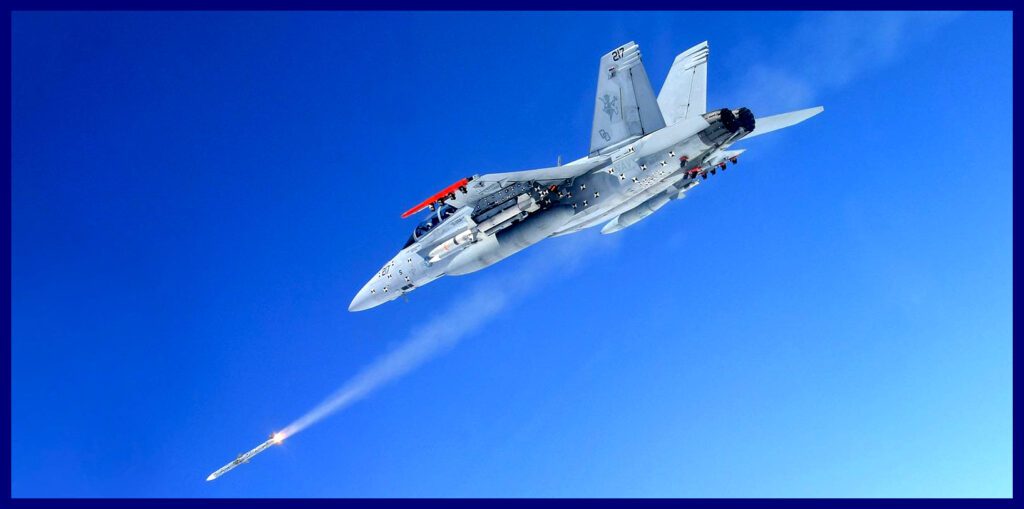
Here’s an example of how the FOX 3 call might be used in radio communication between pilots:
- “FOX 3, FOX 3, I’ve got a bandit at my 9 o’clock, range 20 miles, launching an AMRAAM missile.”
In this example, the pilot is indicating that they have launched an active radar-guided missile ( an AMRAAM missile ) towards a hostile aircraft located at their 9 o’clock position, 20 miles away. By using the FOX 3 call, the pilot is informing other aircraft pilots and ground stations that a missile has been launched and that they should take appropriate action depending on the situation.

It’s important to note that using the “FOX brevity codes” is essential for efficient and effective communication between pilots during combat situations.
By using standardized brevity codes, pilots can quickly and effectively communicate important information about missile launches and other tactical situations, allowing for quick and appropriate responses by other pilots and ground stations.
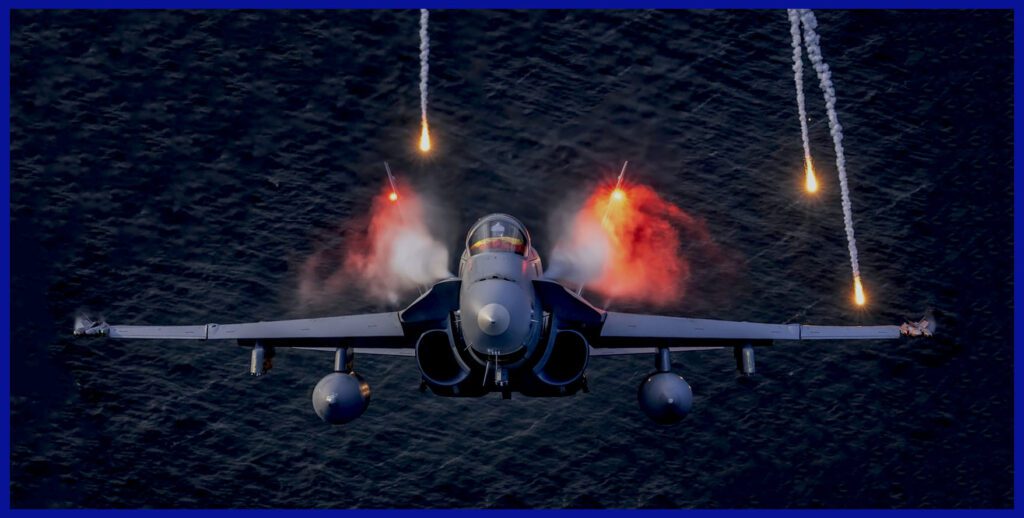
Other Ordinance Call-out:
When dropping unguided or guided Bombs, the terms ” PICKLE ” and ” PAVEWAY “ are used respectively. ( However, Paveway is also the name of a Series of guided bombs )
The term “PICKLE” originates from the earlier practice of using an actual pickle button or switch to release bombs. Today, the term is used as a standard call to indicate that a weapon has been released.
- Here’s an example of how the PICKLE call might be used in radio communication between pilots:
- “PICKLE, PICKLE, bombs away!”

” Rifle “ refers to the launch of an Air-To-Ground guided missile, like the AGM-65 Maverick. This standard brevity code is used by military pilots to indicate the launch of a semi-active radar-guided missile.
A semi-active radar-guided missile (SAR) utilizes radar signals emitted by the launching aircraft to direct the missile toward the intended target. Following the launch, the missile necessitates ongoing illumination from the radar of the launching aircraft to ensure precise targeting.
The term “Rifle” is commonly employed by the launching aircraft to notify other aircraft or ground stations of the deployment of a semi-active radar-guided missile.
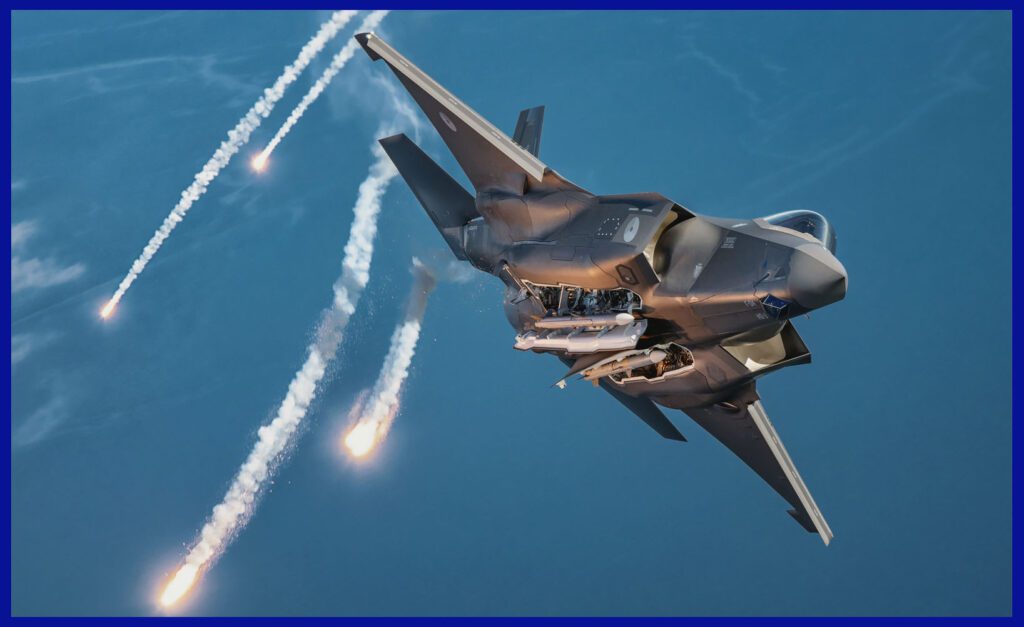
” Bruiser “ is the call out for launching an Anti-Ship missile. The use of standardized brevity codes such as “Bruiser” is essential for effective communication between pilots during combat situations, as it allows them to quickly and efficiently share important information without using lengthy or confusing radio transmissions.
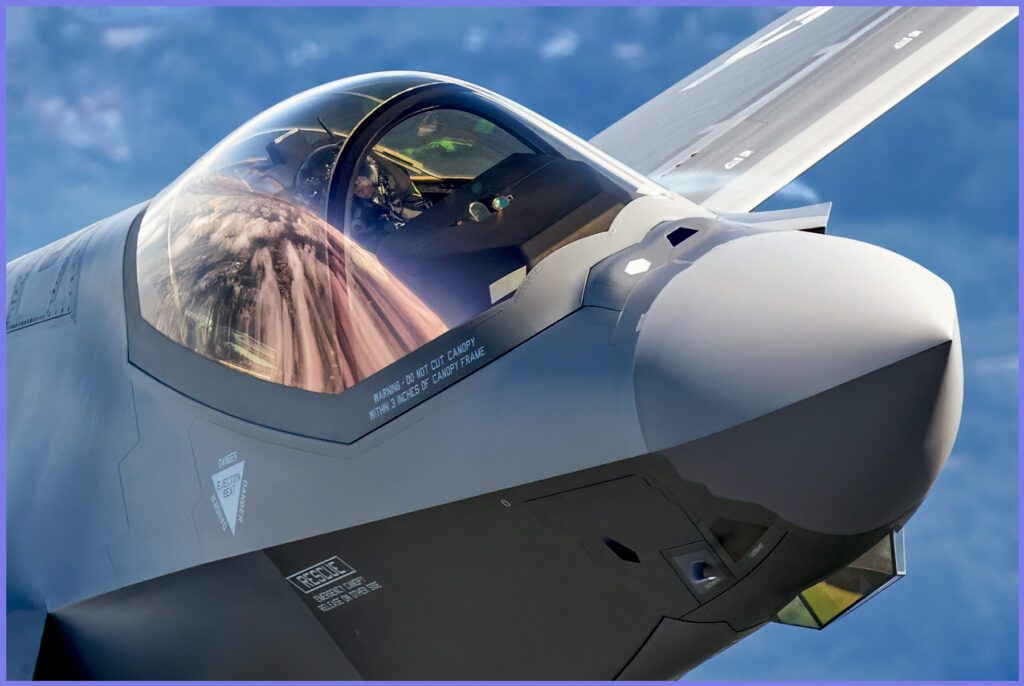
” Greyhound “ is for launching Land attack cruise missiles. for example, Tomahawk land attack missiles ( TLAM ) and conventional air-launched cruise missiles ( CALCM ), this code is being used.
” Magnum ” is a NATO-standard brevity code used by military pilots to indicate the launch of a High-Speed Anti-Radiation Missile ( HARM ). Anti-radiation missiles like the AGM-45 Shrike or AGM-88 Harm, are used to target Surface-To-Air ( SAM ) installations, for which the callout is Magnum.
The USAF created a special ” Wild Weasel ” like the F-4G Phantom variant specifically for suppression of Enemy Air Defence ( SEAD ) missions, using these types of missiles.
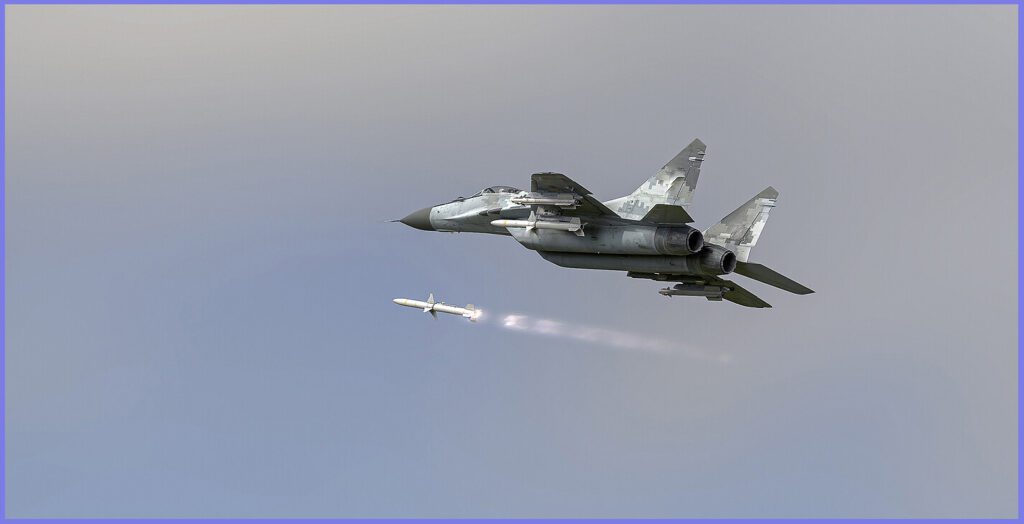
HARM missiles are specialized air-to-ground munitions meticulously engineered to detect and neutralize hostile radar installations. Their central purpose revolves around the suppression of enemy air defences, a mission often undertaken by fighter aircraft like the F-16 Fighting Falcon and F/A-18 Super Hornets.
These advanced aircraft platforms are frequently equipped with HARM missiles to effectively execute this vital strategic role.
For example, When a pilot fires a HARM missile, they will typically transmit the message “Magnum” over the radio twice to inform other pilots in the area that a HARM has been launched.
This allows other pilots to adjust their tactics and avoid the area of the enemy radar site, as well as provide clear and concise communication of the missile launch to other members of the pilot’s own flight.

” Vampire ” Hostile anti-ship missile (ASM). This brevity code you never want to hear is the call out for an Inbound Anti-Ship missile. For example, the Indian-made BrahMos missile was specially designed and developed to sink Chinese warships. As per Western experts, it’s a Widowmaker!!

” Ripple “ is used when multiple munitions are launched/dropped from the same position and/or at the same target. ( for example, Vampire, bearing 310 = a single Anti-Ship missile from that direction. Vampire, Ripple, bearing 310 = multiple Air-To-Surface ASM’s all from the same bearing )
Article Source: General Dennis J. Reimer

In conclusion, NATO Brevity Codes play a critical role in ensuring effective communication and operational security in military operations. These standardized codes help military personnel to quickly and accurately convey critical and secret information, even in noisy and high-pressure situations.
By minimizing the risk of unintended disclosure of sensitive information and reducing any communication errors, NATO Brevity Codes help to enhance military efficiency, effectiveness, and safety. As such, they remain a vital tool for NATO military forces around the world.
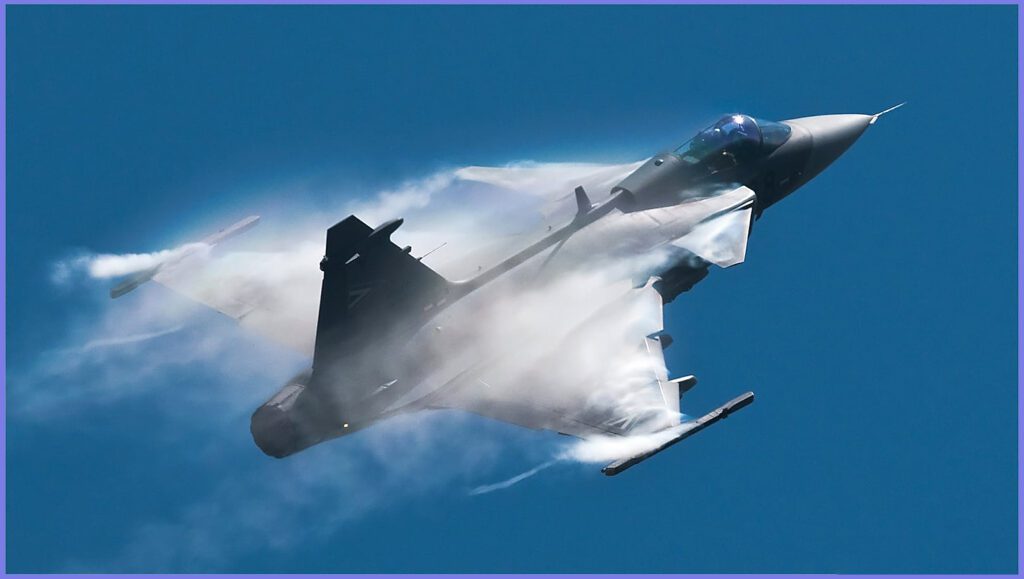
Important Announcement for Our Valued Readers!
After an article is published, updates or changes may have occurred beyond the time of publication. Therefore, it is important to be aware that certain information in the article might be outdated. To ensure the most accurate analysis, it is highly recommended to verify the content with the latest sources available.
However, we are dedicated to delivering outstanding articles on military products and global updates. Maintaining quality and smooth operation requires resources. Your support sustains our efforts in providing insightful content.
By purchasing high-quality products through our affiliated links, you help us keep our platform alive and acquire top-notch items. Your unwavering support is invaluable and inspires us to strive further.
We welcome your suggestions and requests for more information, as we value feedback from our readers. If there’s specific defence material or equipment not covered on our site, please share your request in the comments.
We’ll strive to research and provide the required information. We sincerely thank you for your unwavering interest in our website, and we eagerly anticipate hearing from you! Enjoy your reading experience!
